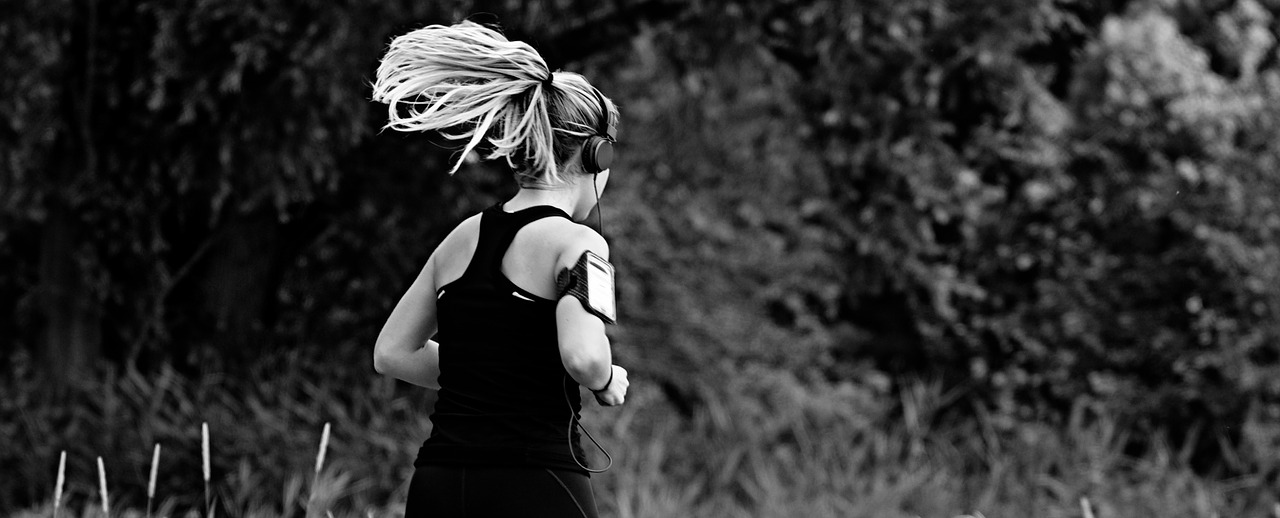The importance of sport and exercise for middle aged women
A guest blog by Sara Black.
I hate the term “middle aged” but I suppose, at 47 (almost 48) that’s exactly what I am
whether I like it or not!
Let me introduce myself. I’m Sara, a married mum of 3 (2 teens and one lively 8 year old).
I’ve always been into sport and exercise, so much so that when I “retired” from my career in
law to be around for my family more, I decided to qualify as a personal trainer and specialise
in women and fitness.
As a keen marathoner and triathlete it’s been an interesting journey over the years and
amazes me at how, despite getting older and, according to my coach “losing my top end
speed”, I continue to get new marathon PB’s. I completed my first marathon in 2010 in
3:49:47, a couple of weeks ago, I completed my 20 something marathon (in horrendous
weather) in 3:04:51 (with a stop to remove my rain sodden jacket and have a drink). I’m
striving for that sub 3 glory, which, if it weren’t for the Pandemic I may have achieved earlier
in the year as my training was on pointe. Oh well.
As part of the ageing process in women, bone density decreases, our metabolism slows, it can
be harder to shift the middle aged spread, muscle mass decreases – it’s all a bit downhill….but
does it need to be?
The answer is no, it needn’t be such a downward spiral. According to an article in the
Washington Post reported in 2017, a study found that the fastest marathoners for both men
and women are in the 25-34 age group and that performance begins to decline for elite
runners around age 35. One surprising find is that recreational runners have much more in
the tank at 35 and may continue improving until they’re 50 and year on year, the number of
women running marathons is increasing.
Embarking on an exercise regime can significantly reduce the risk of osteoporosis, can slow
the decrease of muscle mass and metabolism. Of course, it’s not just women specific issues
that benefit from exercise, a healthy lifestyle reduces the risk of chronic diseases such
coronary heart disease, diabetes and even some cancers. It’s also scientifically proven that
regular exercise can help manage depression – with the concerns we’re facing at the moment,
anything to improve mental wellbeing has got to be a good thing.
Also, although we’re early on in the pandemic, research so far has shown that those with
diabetes and classified as obese are at greater risk of complications from Covid-19.
Is it too late to start? It’s never too late to start. In fact, a study of 315,000 people conducted
in the US found that maintaining physical activity from adolescence into later adulthood was
associated with 29% to 36% lower risk for all-cause mortality and that being inactive but
increasing physical activity during midlife was associated with 32% to 35% lower risk of
mortality.
The evidence is clear, so what should you be doing? The World Health Organisation
recommends that adults aged 18-64 should do at least 150 minutes of moderate intensity
aerobic physical activity throughout the week or do at least 75 minutes of vigorous intensity
aerobic physical activity through the week of a combination of both.
Muscle strengthening activities should be done involving major muscle groups on 2 or more
days per week. I studied a course on Activity in Older People. The one resounding message
was how incredibly important weight bearing exercise is as we age and in particular for
women due to the risk of osteoporosis. We’re not talking about Arnie type weights; even
light weights will benefit you. Weight bearing also includes running. So, If you’re a keen
swimmer (which is a non-weight bearing exercise) you should try to include other exercises
using weights.
It’s never too late to begin and you might just surprise yourself with what you can achieve.
Despite nearing 50, I still believe I can achieve the sub 3 hour marathon. Whatever you
choose to do, enjoy it!

